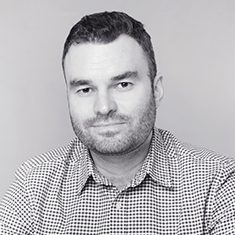Adenoid removal surgery
Look for appointment timesAdenoid is lymphatic tissue located in the nasopharynx (at the junction of the nasal cavity and pharynx).
When is adenoid removal necessary?
A doctor may recommend surgical removal of the adenoid if the child has the following symptoms:
• persistent mouth breathing
• snoring caused by adenoids
• recurrent ear infections
• false teeth caused by adenoids
Adenoid removal surgery
The operation is usually performed as an outpatient surgery under general anaesthesia. Adenoid is removed orally in a child. The parent can stay with the child in the operating room until the child falls asleep. In the operating room, the parent must wear a protective gown and cap, which will be given to you before entering the operating room.
When a child wakes up from general anaesthesia, they may be restless and confused. A bloody discharge may come from the nose and mouth. Nausea and vomiting may also occur. In most cases, the child recovers from anaesthesia within 24 hours.
The postoperative period
• The patient remains for post-operative observation for about 3-6 hours, after which he can go home if they feel well.
• On the first days after the operation, the food should be a little softer and cooler. Avoid offering carbonated drinks.
• One week after the operation, a calmer regimen is recommended, avoiding a lot of running and jumping and hot procedures (bath, sauna, etc.)
• Snoring and nasal congestion may occur during the operation. The swelling usually goes away within a week. You can carefully blow the child’s nose as of the next morning, one side of the nose at a time. Strong sniffing can cause bleeding.
• An increase in body temperature up to 37.5ºC is normal.
• If the fever is higher than 38.0°C or the child complains of a sore throat, you can give them paracetamol (available over the counter).
• You can usually send your child to kindergarten or school a week after the operation.
NB! If the child starts bleeding from the nose or mouth, call an ambulance or go to hospital.
NB! If the child starts bleeding from the nose or mouth, call an ambulance or go to hospital.
Service providers

Erekle Dzotsenidze
Ear-nose-throat doctor
Mari Rõigas
Ear-nose-throat doctor | Otorhinolaryngologist
Ene Miller
Otolaryngologist (ear, nose and throat specialist)
Maile Keskpaik
Otolaryngologist
Epp Pool
Otorhinolaryngologist
Raiko Tiganik
Otolaryngologist
Linda Sõber
Otolaryngologist
Anu Metsar
Otolaryngologist (ear, nose and throat specialist)
Oliver Laidroo
OtorhinolaryngologistWe provide this service
Price
Adenoid removal surgery (Tallinn)
Adenoid removal surgery (Tartu)
Adenoid and tonsil removal (Tallinn)
Adenoid and tonsil removal (Tartu)
Surgeon's appointment
We have several payment options. Read more HERE.
BOOKING
Adenoid removal surgery
